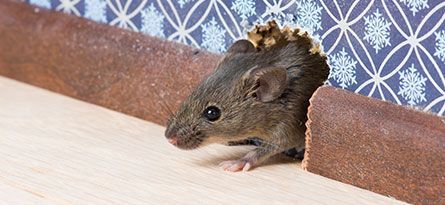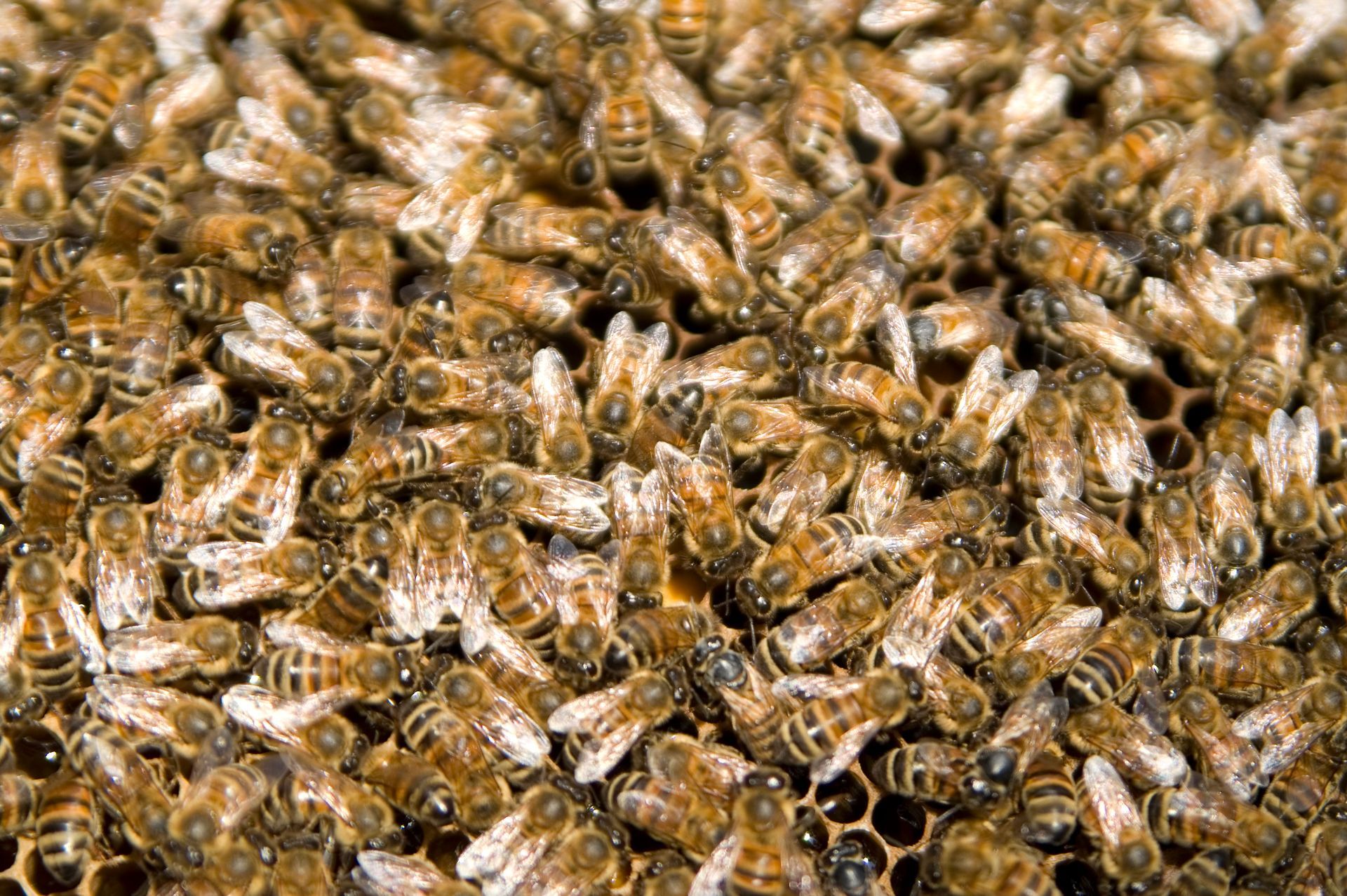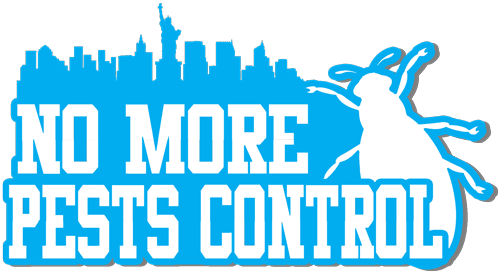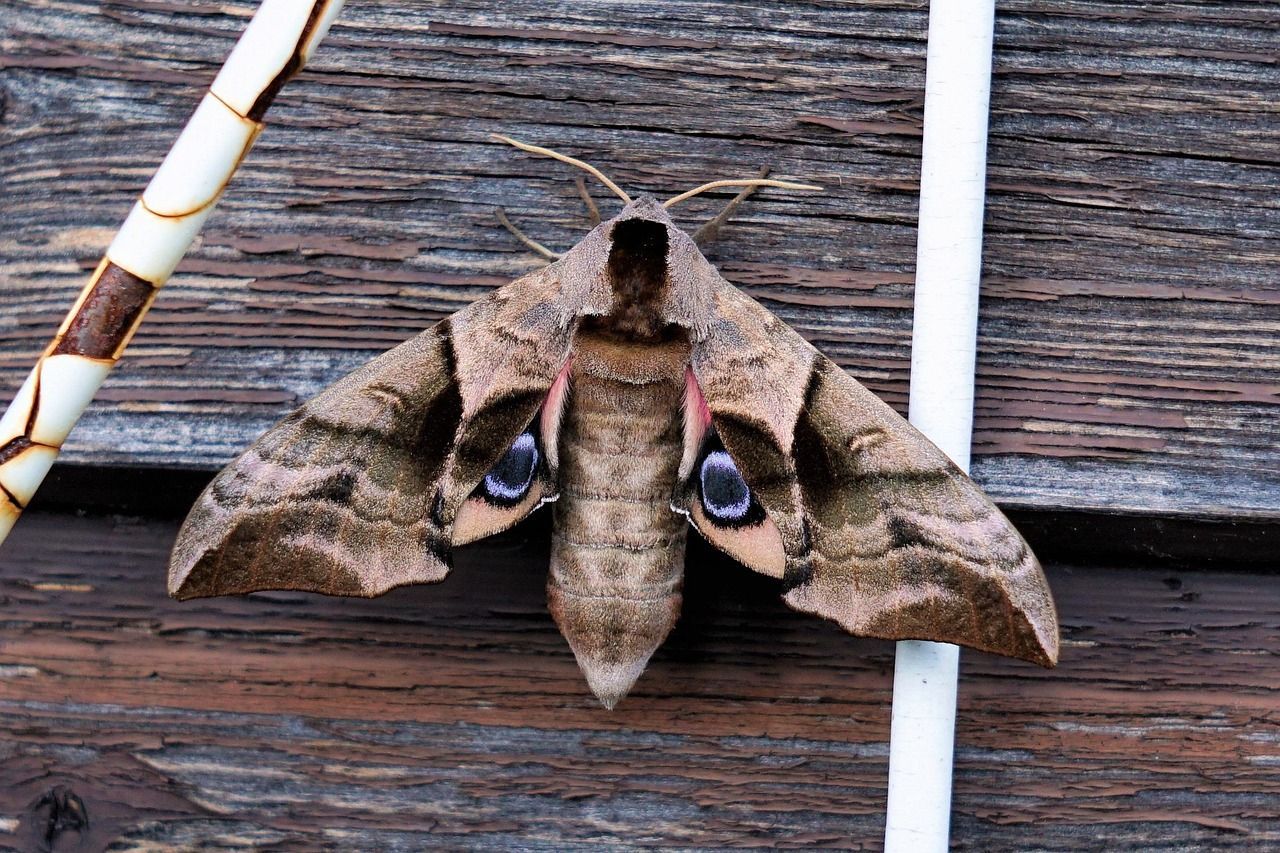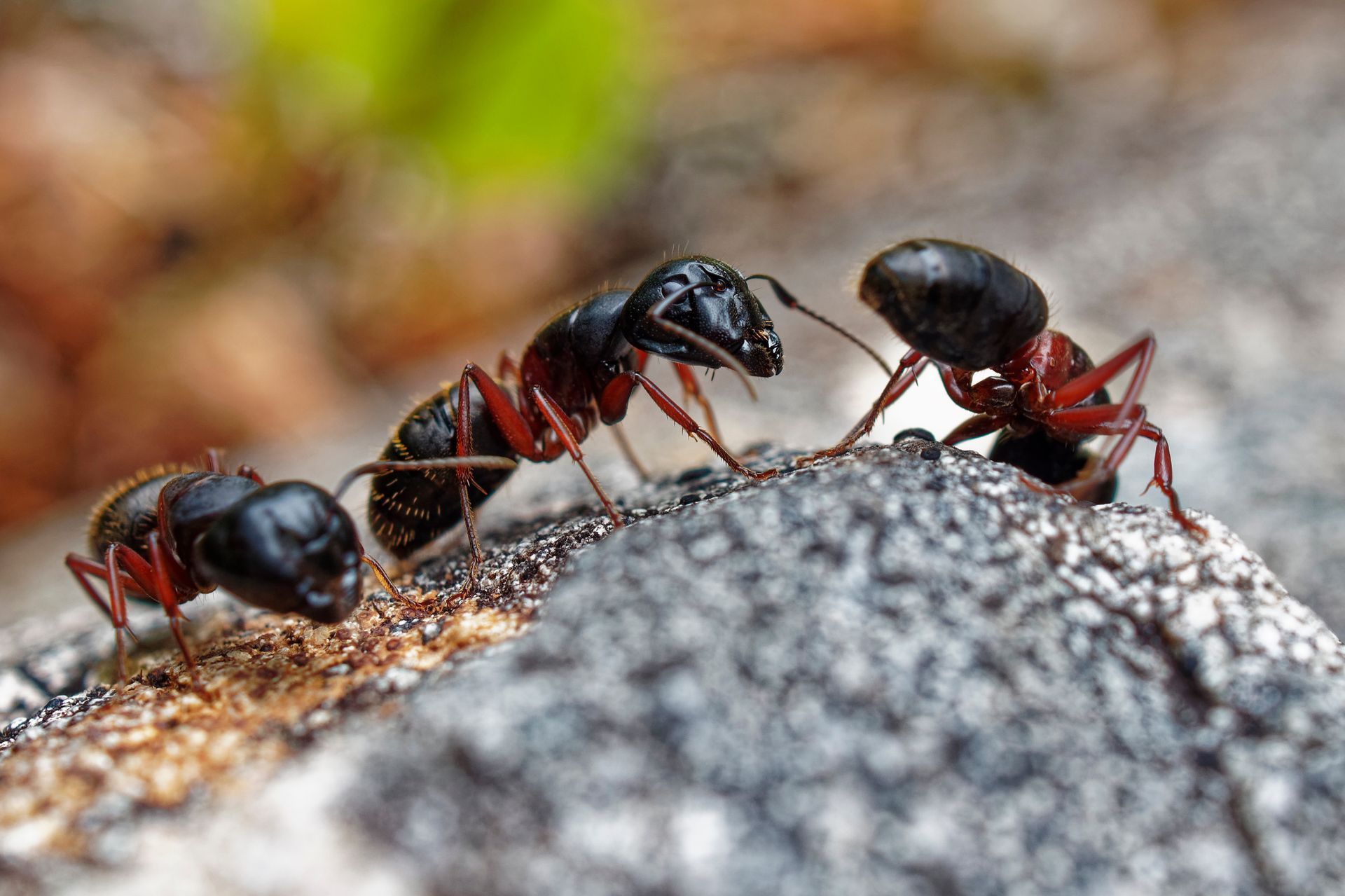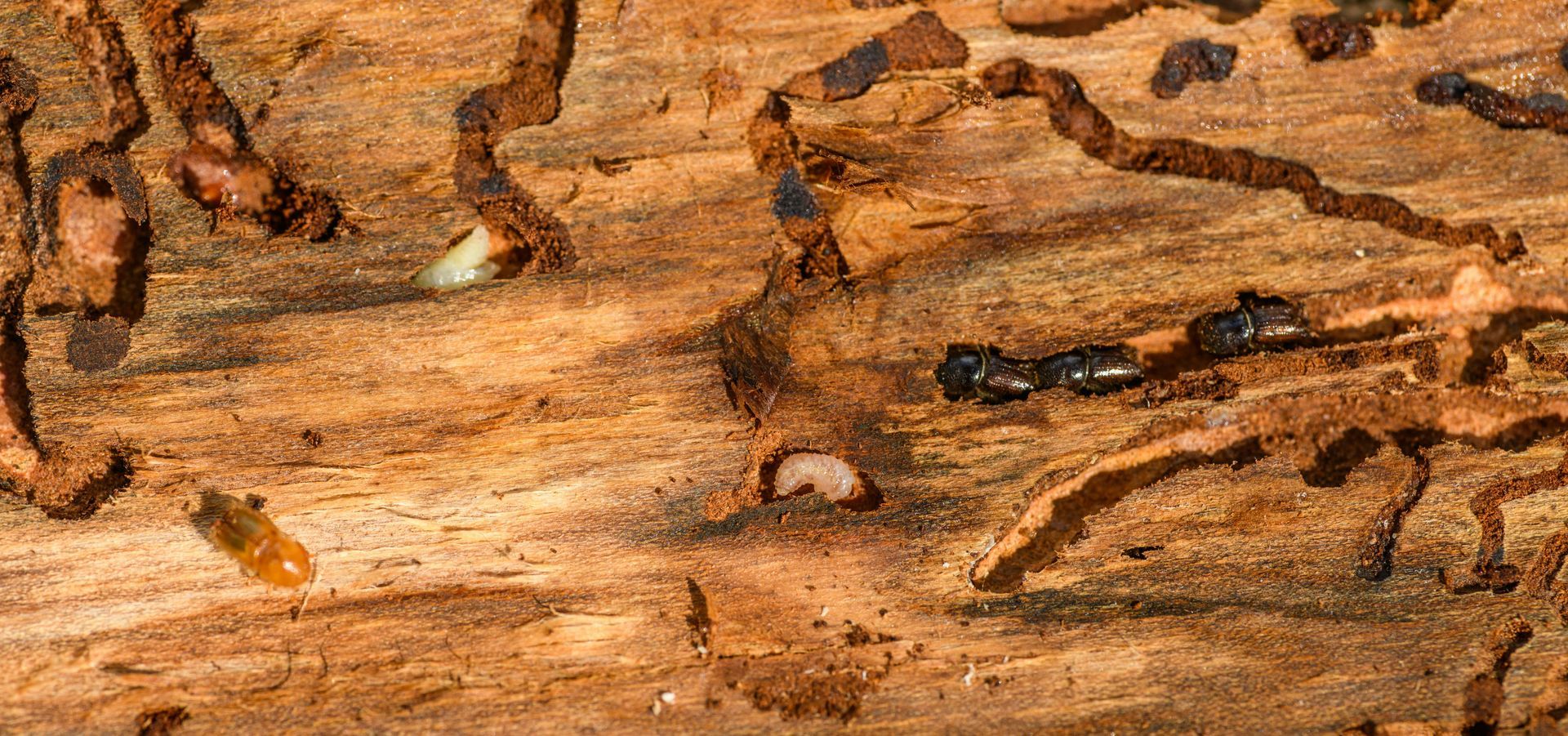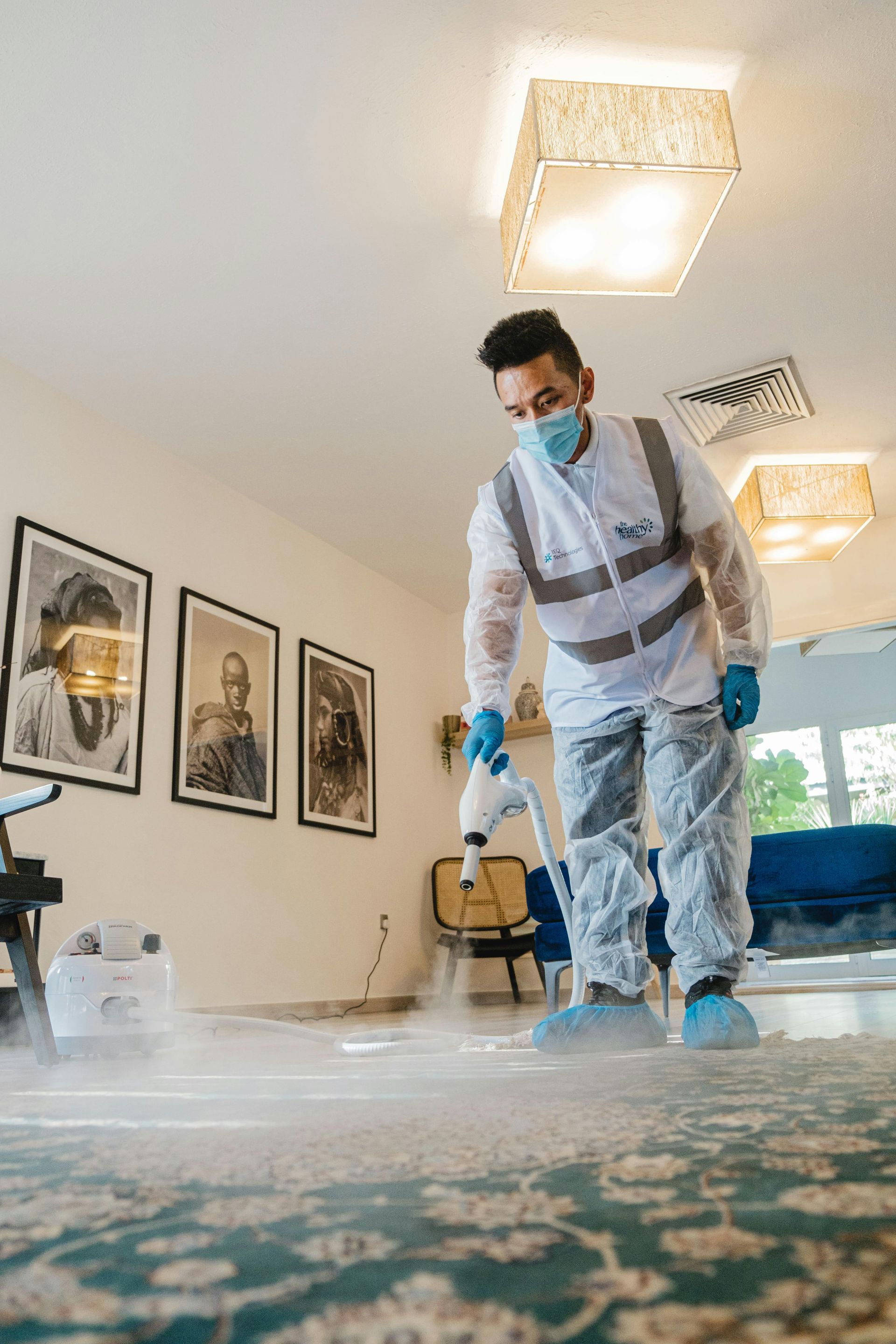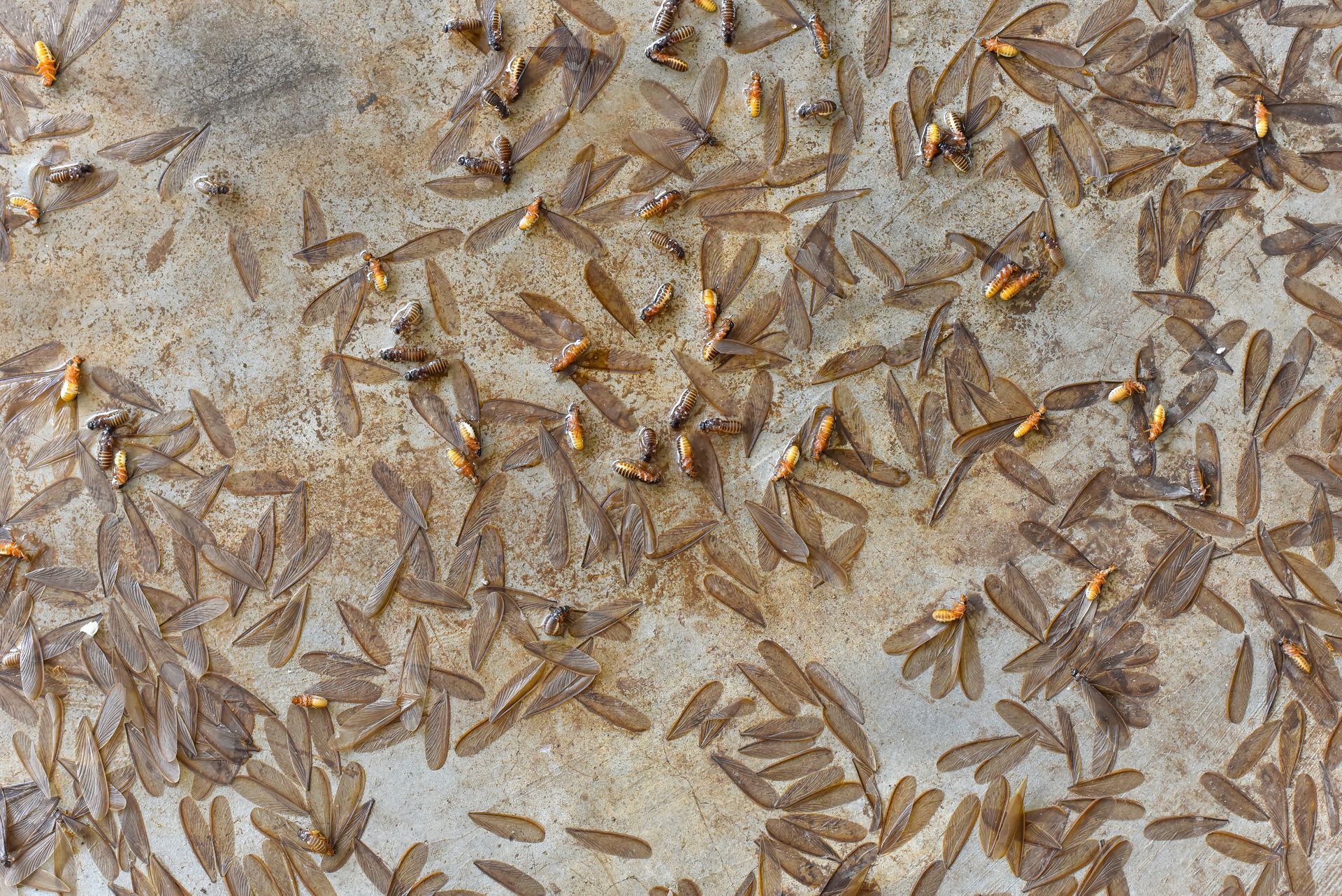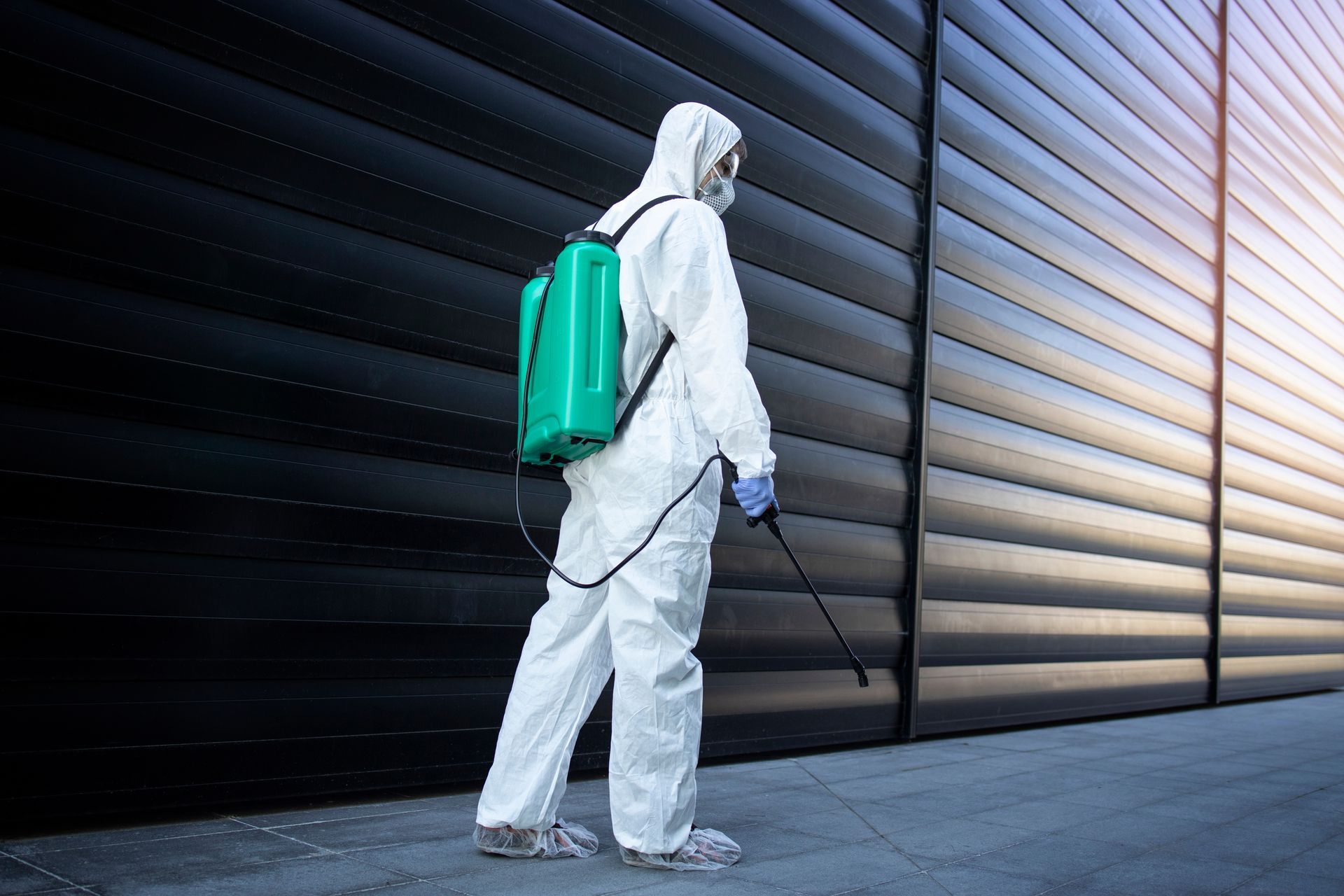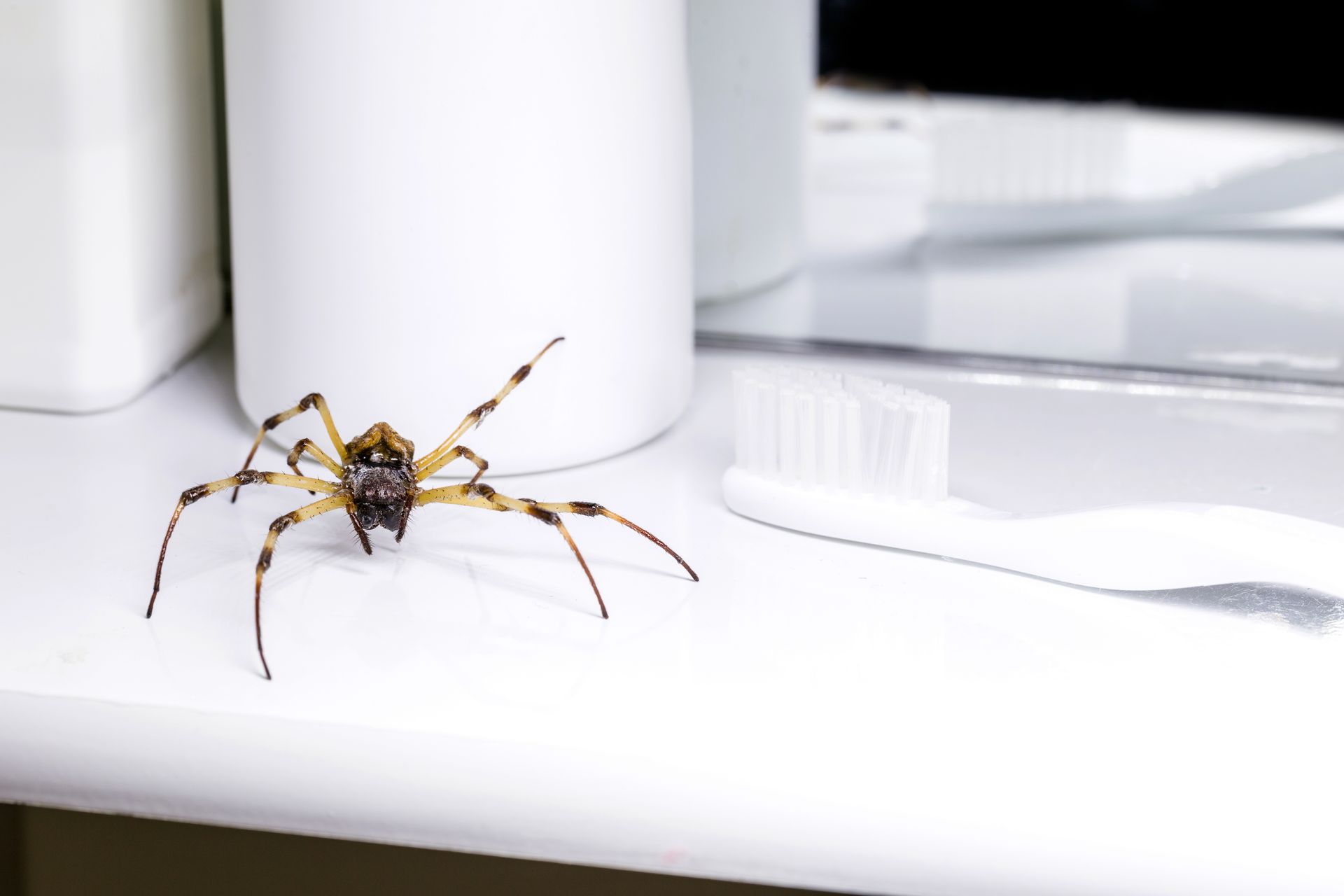Moths Pest Control: Tips to Keep Your Home and Clothes Moth-Free
If you've ever pulled out your favorite sweater only to find it riddled with tiny holes, you've likely had an unwelcome encounter with clothes moths. These silent invaders can wreak havoc on your wardrobe and even creep into your pantry if you're not careful. But fear not—effective
moths pest control strategies can help you reclaim your space, protect your belongings, and stop these sneaky pests in their tracks. Whether you're a minimalist with one cozy closet or a full-blown fashion collector with racks galore, moths don’t discriminate. Let’s break down how to handle them like a pro—without losing your sanity or your favorite cashmere scarf.
Meet the Culprits: Understanding the Different Types of Household Moths
Not all moths are equal offenders. Two primary types are usually the troublemakers in homes: clothes moths and pantry moths.
Clothes Moths (Tineola bisselliella):
- These tiny beige moths love dark, undisturbed places—think closets, under beds, and in storage bins.
- They’re drawn to natural fibers like wool, silk, fur, and feathers.
- It's actually the larvae—not the adult moths—that eat your clothes.
Pantry Moths (Plodia interpunctella):
- These guys crash your kitchen party and go straight for the snacks.
- Think grains, cereals, nuts, and dried fruits.
- Their larvae leave a mess: silky webbing, excrement, and contaminated food.
Recognizing what type of moth you’re dealing with is crucial to choosing the right pest control approach.
Warning Signs of a Moth Infestation
It’s not always obvious when moths have moved in. They’re quiet, sneaky, and work at night—like little fabric ninjas.
Here’s what to look out for:
- Tiny Holes in Clothes: Particularly in garments made of wool, cashmere, or silk.
- Webbing or Larval Casings: Silken residue in drawers, closets, or food containers.
- Flying Moths: Adult moths fluttering near light sources, closets, or kitchen cabinets.
- Strange Odors: A musty, stale smell can be a sign of moth activity.
- Clumped Grains or Contaminated Food: In the pantry, this usually indicates pantry moths.
If you see one or more of these red flags, it's time to act before a minor issue becomes a wardrobe or pantry disaster.
Prevention First: Stop Moths Before They Start
The best way to deal with a moth problem is to never have one in the first place. Here are proactive steps you can take:
In the Closet:
- Use Airtight Storage: Clothes should be stored in sealed containers or vacuum bags during the off-season.
- Clean Clothes Before Storing: Even small traces of food or sweat attract moths.
- Add Natural Deterrents: Sachets filled with cedar chips, lavender, or rosemary can naturally repel moths.
- Keep the Space Bright and Clean: Moths prefer dark, undisturbed corners. Regular vacuuming and moving items around helps.
In the Pantry:
- Check Expiry Dates: Rotate food regularly to prevent long-term storage.
- Use Glass or Plastic Containers: Moths can chew through cardboard or thin plastic.
- Wipe Down Shelves: Especially with a vinegar solution, which disinfects and deters moths.
- Inspect Groceries: Especially bulk grains, flour, and pet food, which are common sources of infestations.
Safe DIY Moths Pest Control Methods
If you’re already seeing signs of moths, don’t panic just yet. Some at-home remedies can be effective, especially for smaller infestations.
Natural Solutions:
- Freeze Infested Items: 72 hours in the freezer kills moth eggs and larvae.
- Heat Works Too: Ironing or placing items in direct sunlight can be equally effective.
- Vinegar Wash: Clean storage areas with a vinegar-water mix to kill residual eggs and remove scent trails.
- Essential Oils: Use sprays with lavender, eucalyptus, or cedarwood oil. They’re safe, natural, and smell great.
Trap & Monitor:
- Pheromone Traps: These are excellent for monitoring and reducing clothes moth populations.
- Sticky Pantry Traps: Great for capturing adult pantry moths and seeing how bad the infestation is.
These methods work best early in an infestation. If you’re constantly finding new damage or moths despite your efforts, it might be time to go pro.
Why Professional Moths Pest Control Is Worth It
Hiring professionals isn’t admitting defeat—it’s choosing peace of mind. Here’s what you get when you bring in the experts:
- Thorough Inspection: A trained technician can identify the exact species, extent of the infestation, and where it’s hiding.
- Custom Treatment Plans: Pros use targeted products and techniques that are safer and more effective than store-bought sprays.
- Long-Term Prevention: They don’t just treat the problem—they help ensure it doesn’t come back.
Let’s be real: no one has time to become a moth detective. Leave it to the pros and get back to enjoying your moth-free home.
Call No More Pests Control, LLC for Moths Pest Control in Queens, NY
If moths have turned your closet into a buffet or your pantry into their nesting ground, don’t wait. At No More Pests Control, LLC, we offer professional moths pest control services that get results without the guesswork.
We serve Queens, NY, and the surrounding areas with a full suite of pest control services. From moths to ants, cockroaches to bed bugs—we’ve got you covered. Give us a call today at (347) 901-8143 and let’s get your home moth-free and your clothes back to bite-free status.
FAQs
What causes moth infestations in the first place?
Moths are attracted to food sources—natural fibers for clothes moths and dried goods for pantry moths. Poorly sealed containers, dirty clothes, and long-term storage create the perfect conditions.
Do mothballs work for moth control?
Mothballs can repel moths but contain chemicals that may be harmful to pets and humans. Safer alternatives include cedar, lavender, and other natural repellents.
How do professionals treat moth infestations?
They perform an inspection, use targeted insecticides or heat treatments, and help with prevention strategies to ensure moths don’t return.
Can I prevent moths without using chemicals?
Yes, by maintaining cleanliness, using natural deterrents, sealing food, and storing clothes properly, you can often prevent infestations naturally.
How often should I inspect my home for moths?
Seasonally is a good rule of thumb—especially before storing clothes or after buying bulk pantry items.
